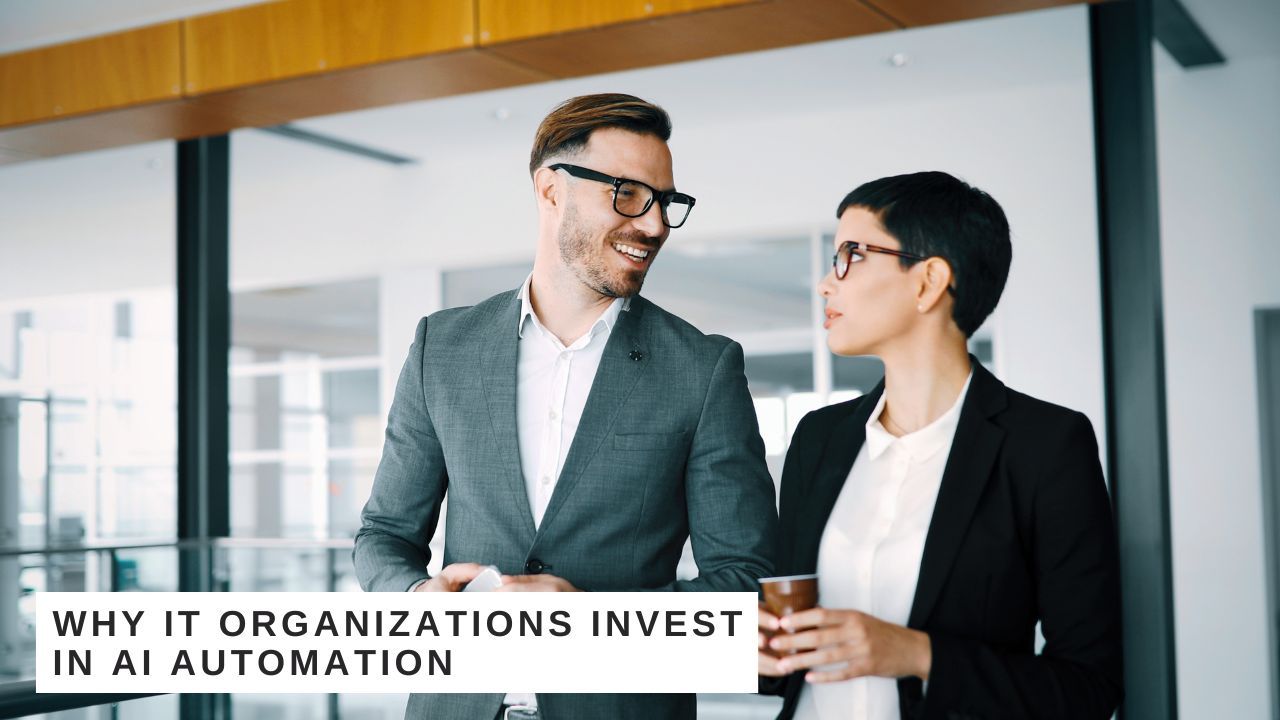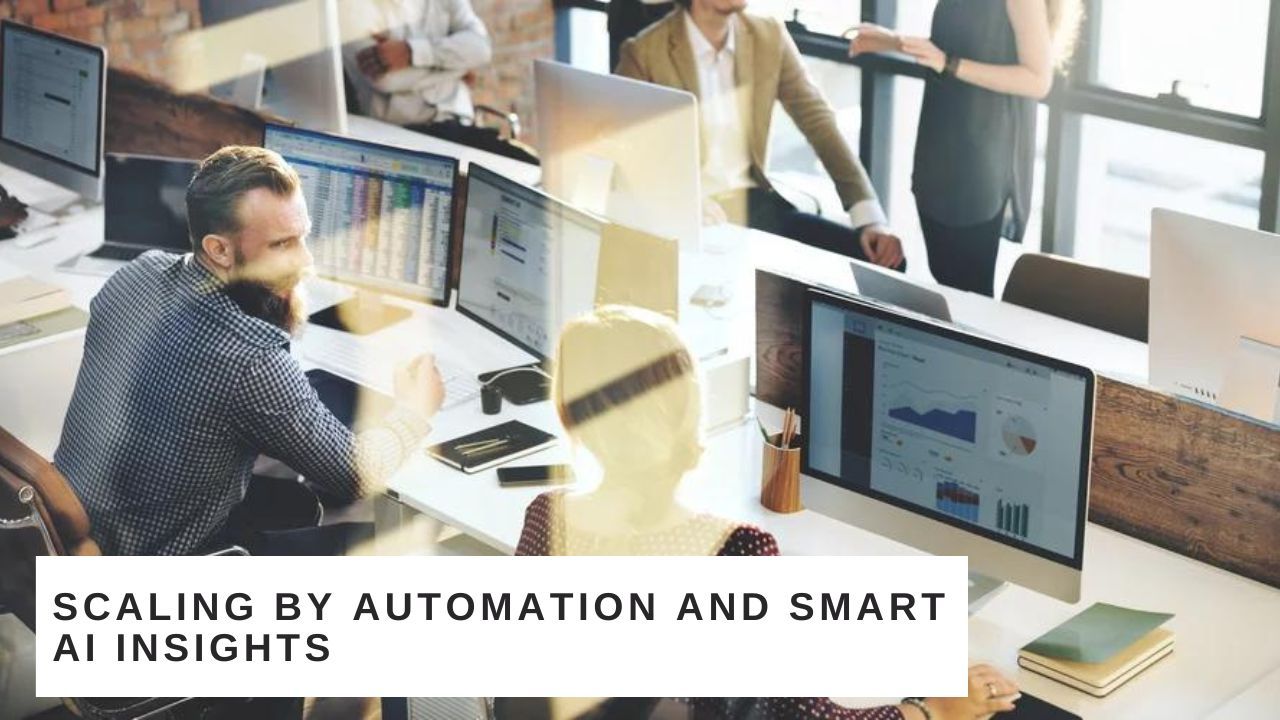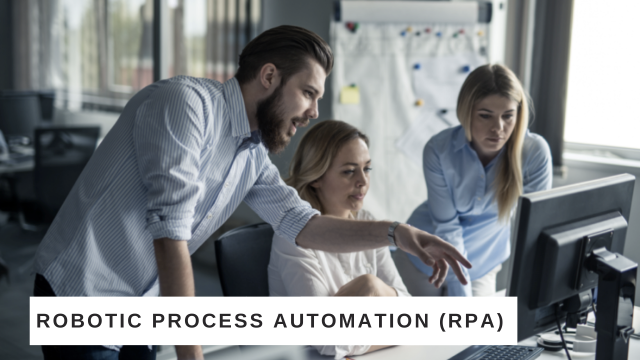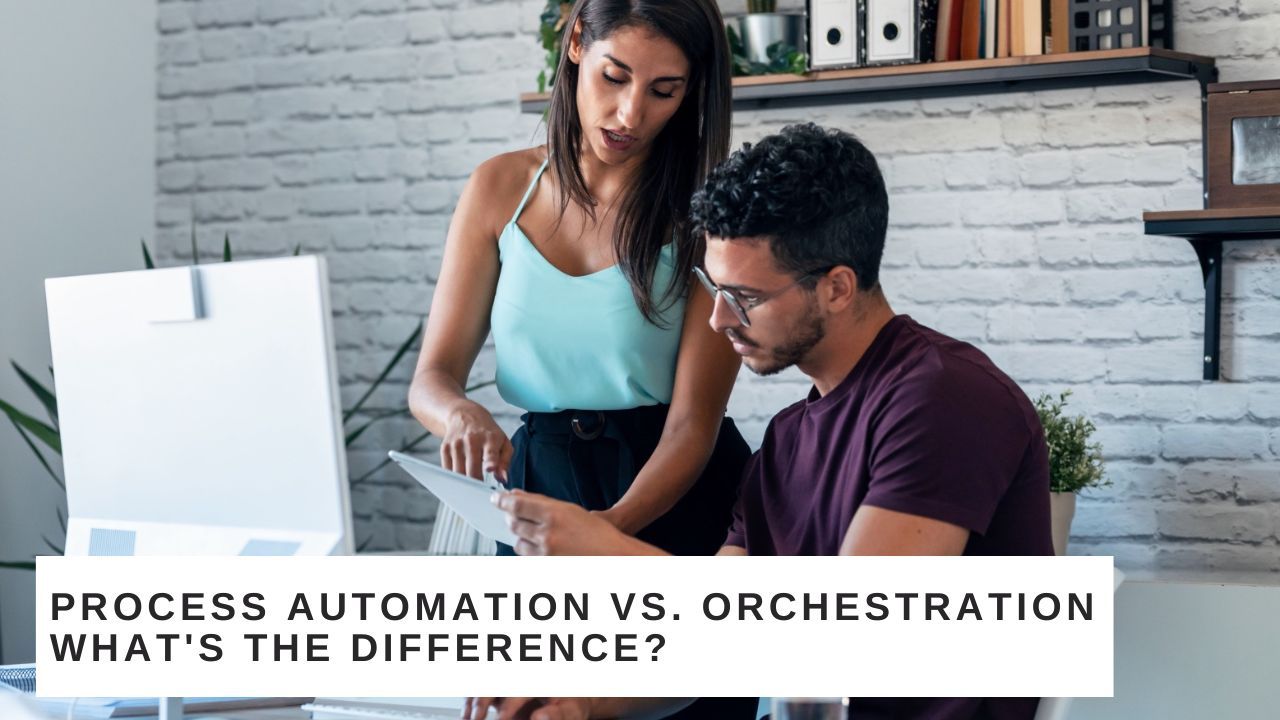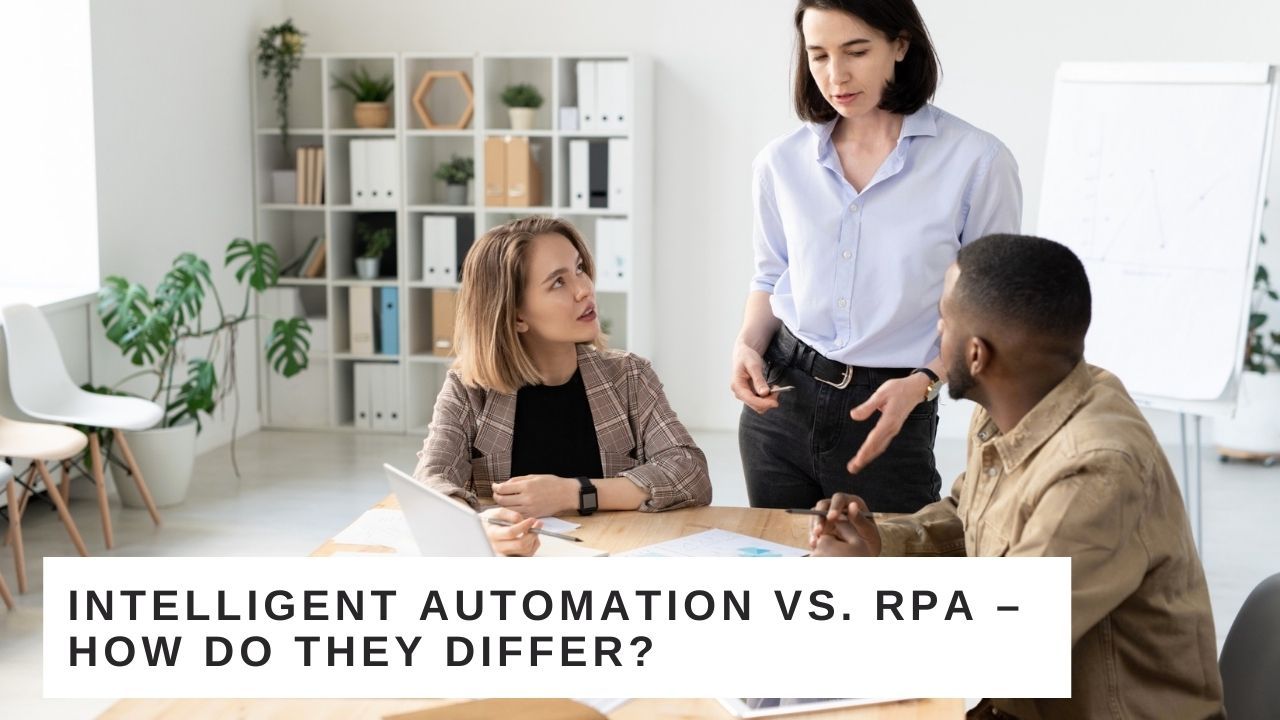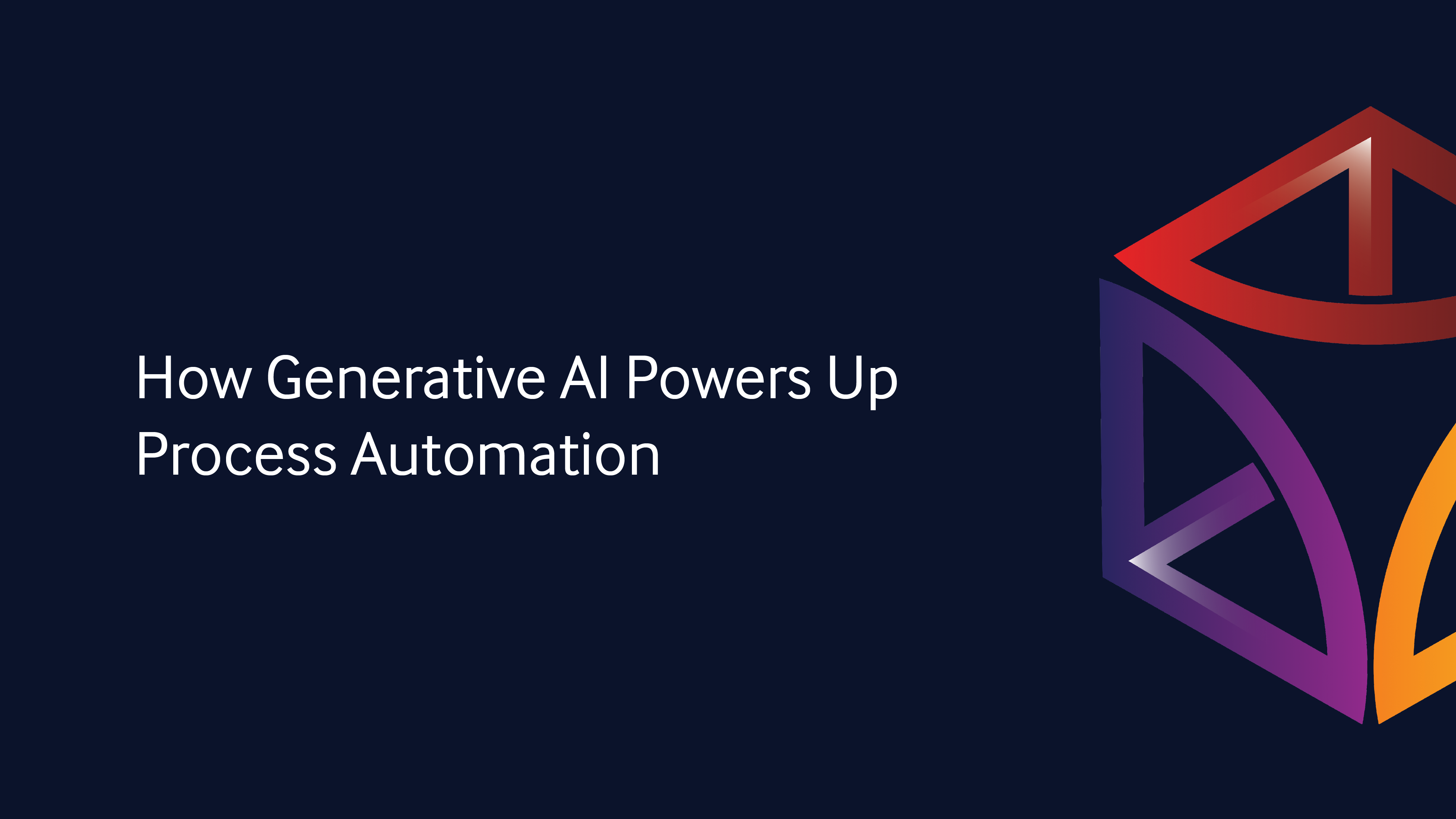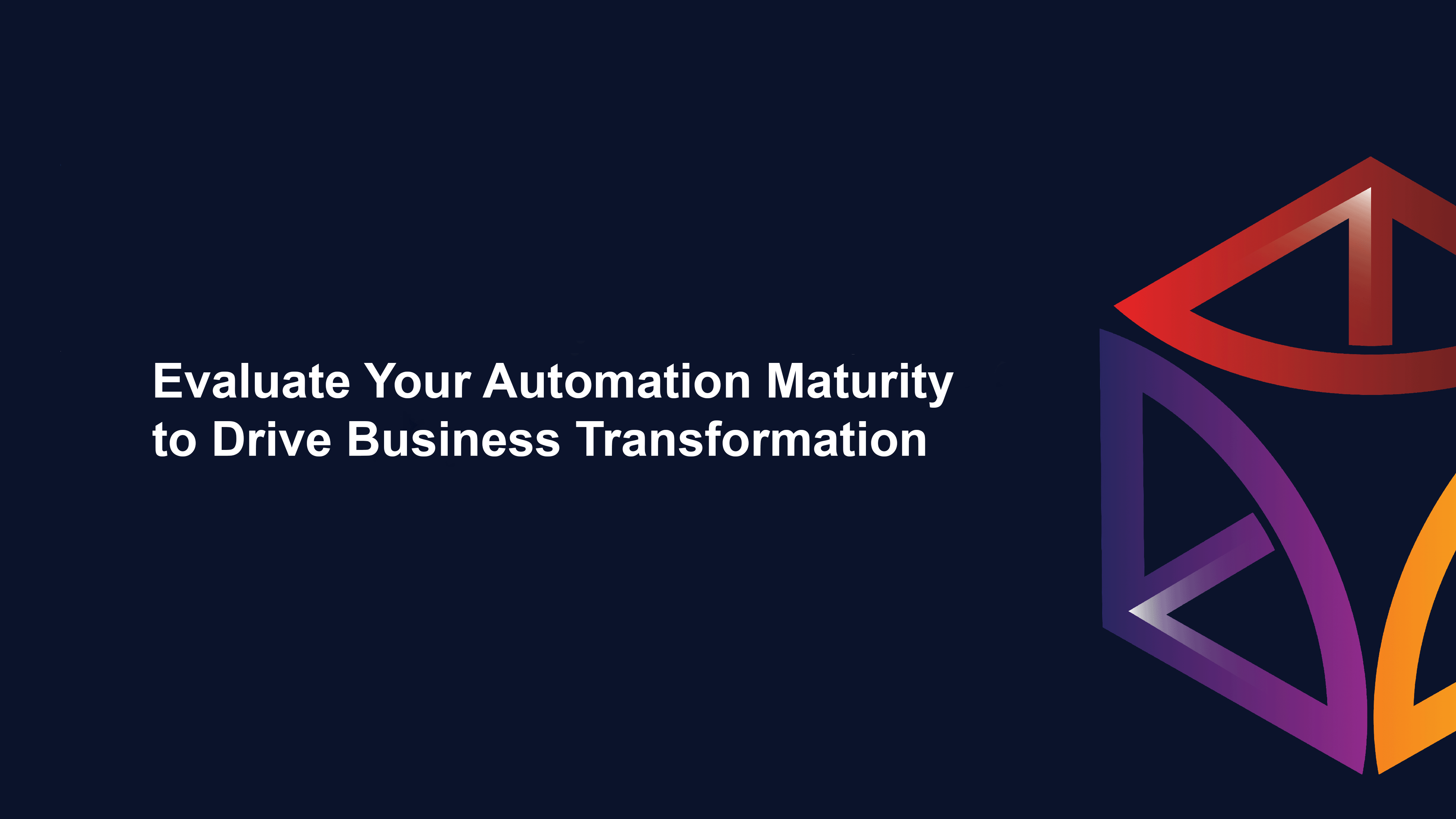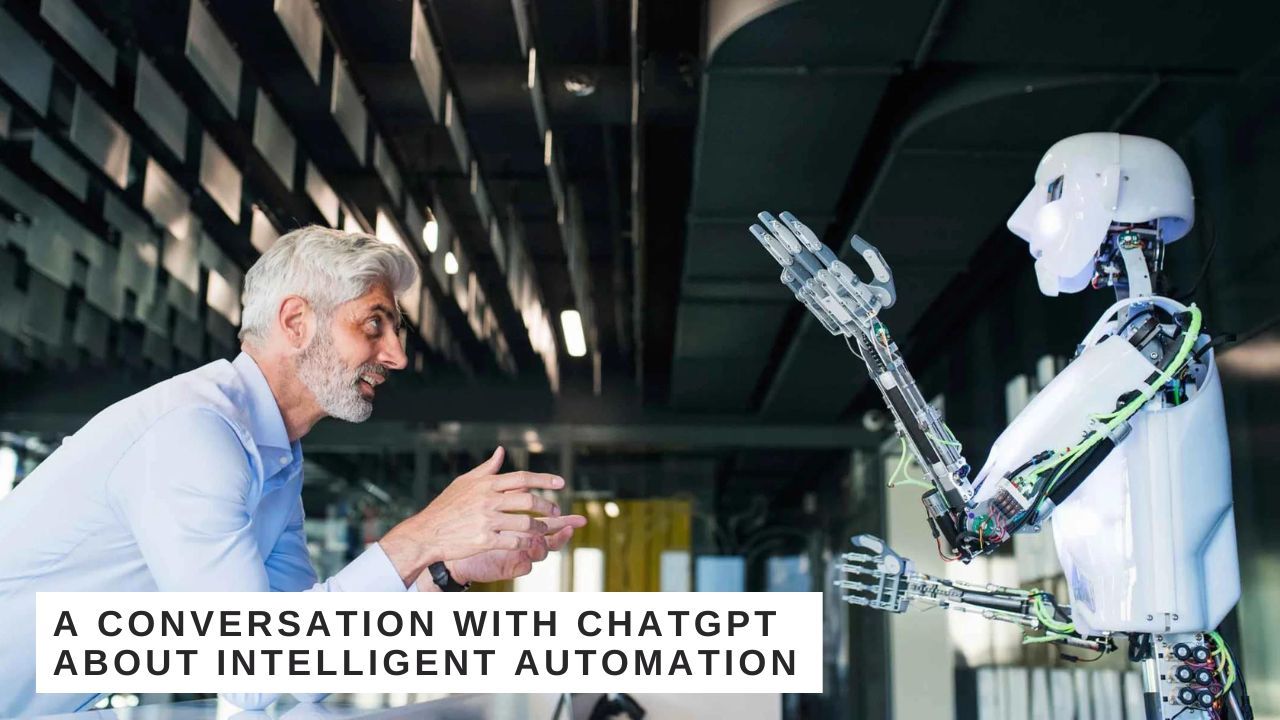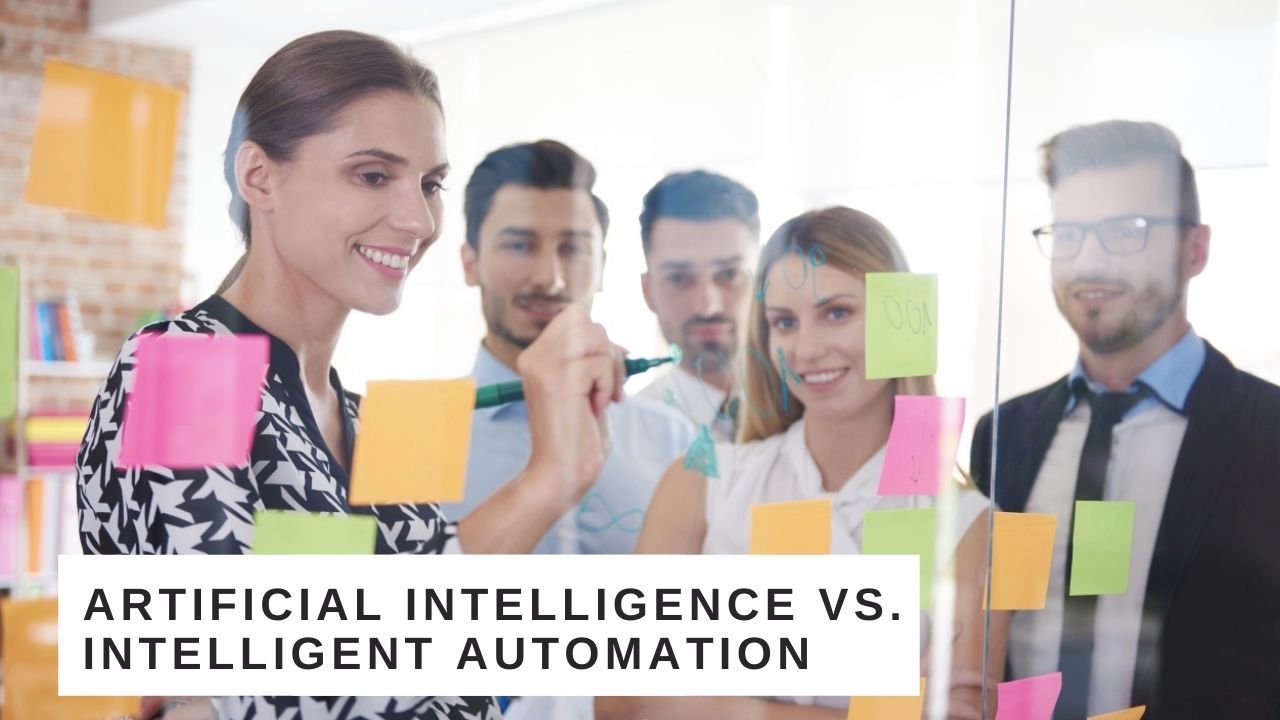Centralized AI - The Mind in the Middle
Written by: Mark Cowan - CEO, Put It Forward
May 30, 2019

Do little bits of smart make a lot of smart? Leveraging AI in a practical sense.
Everyday we hear about technology solutions that are incorporating this AI feature or that Machine Learning (ML) capability all in the name of making things better.
Looked at a different way - does localized AI actually have a material benefit on the whole?
In this post we’re going to look at the benefit and the peril of having applications with embedded AI capabilities.
Technology vendors are tripping over themselves to differentiate by offering powerful capabilities leveraging AI technologies. Including ML and natural language processing (NLP).
The implication of localized intelligence within a process or an application means it will have a positive impact on the whole. From the design perspective what do we reference to get the model right? There is only one model that we can look to for reference clues - nature.
The Reference Design
Throughout nature (human beings included) - intelligence is centralized within the organisms brain with a nervous system radiating outwards. (There are exceptions with invertebrates like starfish and sea urchins etc. which do not have brains and leeches which multiple brain segments).
The benefit of a centralized nervous system (CNS) are many but at its base it’s the shortest path between two extreme points thus allowing signals to move as efficiently as possible while being coordinated.
Additionally the brain has its most important receptors very close if not directly attached to it. The sensors being sight, sound, hearing, touch, smell and cognition.

The Augmented Design
There really is no reference design for making a piece of something smarter and how it will interact with other parts of the system.
Let’s consider it in the context of the reference design - if you were suddenly give the ability to have one smarter part of your body for instance a hand or a kidney how would you perform overall?
So if it’s one of your hands - does that become the better hand - no, it still takes its commands from the brain. Why - because if it didn’t, you’d have an interoperable system. So if this is obvious why would it be any different than what happens when AI is introduced into a system? The answer is, it’s likely not.

I Robot - TM & Copyright © 20th Century Fox Film Corp
In the above picture from the movie I Robot - The three characters represent a natural CNS, a hybrid and a synthetic CNS. The hybrid gains marginal advantage in limited scenarios. Although this is the movies.
The implications being there is marginal benefit of AI being introduced into an overall system unless it contains a design strategy for interoperating with everything else. If it does not - then the benefit is localized at best. At worst it doesn’t offer a sustained improvement as it’s dependant upon the signal data from the other parts of the system and likely a power drain overall. Meaning more energy will have to go into the overall system to keep it running.
The Centralized Closed Loop Design
Leveraging the natural design is the starting reference point
Again we look to the operational functions of marketing, finance, customer, hr and service for the working example. Mostly because they have a tremendous amount of signal data and transactional uniqueness to them.
For it to function three things need to operate in harmony to close the loop when executing
- Operational data - signal data for telemetry
- Intelligent analysis - insight and analytics
- Orchestration - when and where events

What we really mean by utilizing the benefits of AI capabilities is that it has to benefit everything, not just the part it’s attached - else we are still in the paradigm as only being as good as the weakest or slowest part.
For the operational functions of marketing, finance, customer, hr and service this means being able to hyper-personalize each interaction, segment your audiences intelligently not just basic demographics, link the behavior of prospects and customers in the fastest way possible and have deep forecasting insights.
We’ve got a lot to say and offer on this approach, we believe it’s critical to get it right the first time as this is when the organizations of today will determine if they’re around for the next wave of change.

Patterns for Success
IDC Analyst Guidance
Report

Informed Choices
Buy or Build
Infosheet

Digital Transformation
Infosheet
Case Study

6 Questions To Ask A Potential Partner
Guidebook

The Truth With Native Integration
Can You Afford It?
Whitepaper

Best Practice Guidebook
Roadmap for Success
Report

Solutions Templates
Best Practice Templates
Blog
